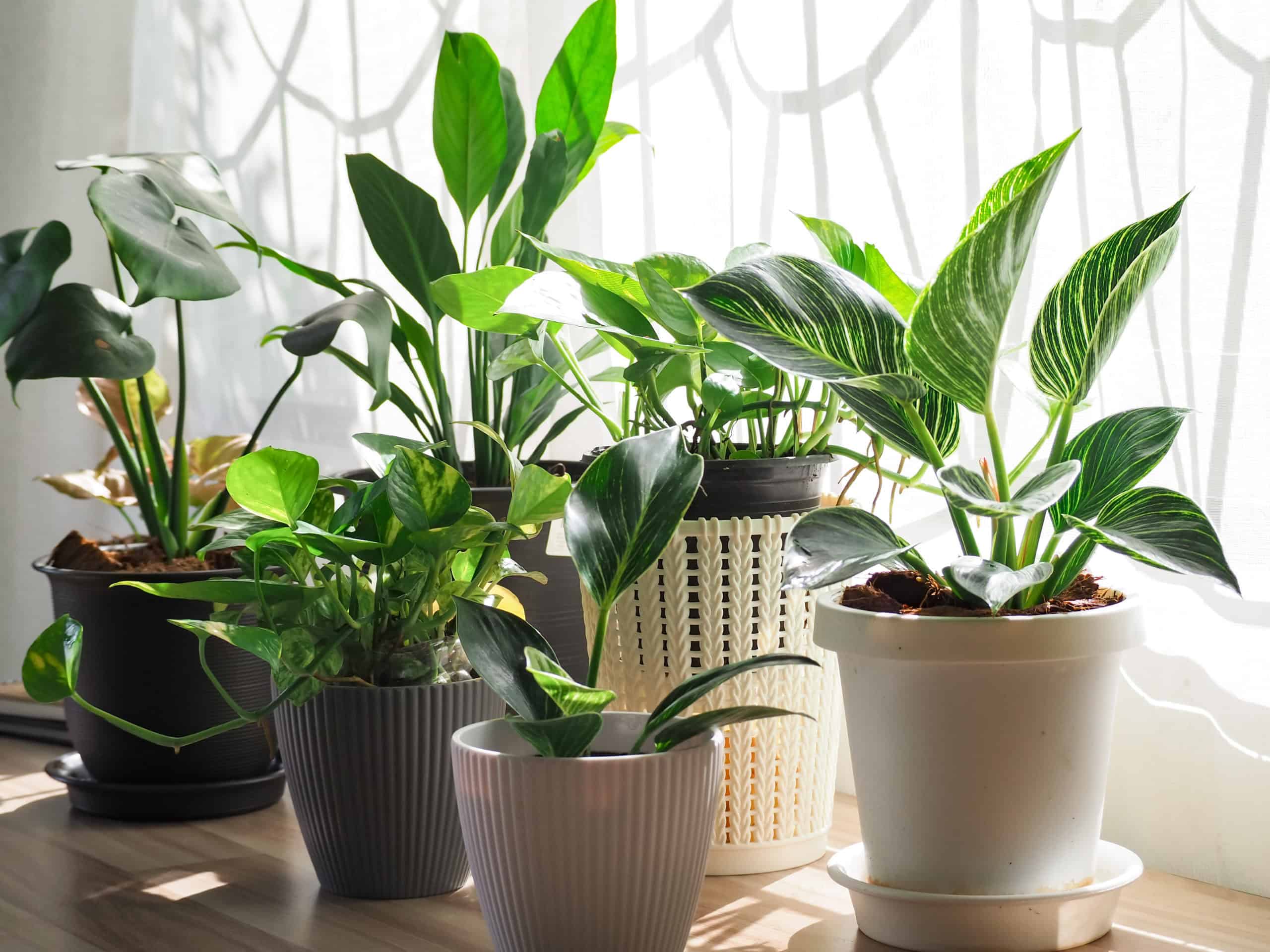In decorating and improving your home, you may be wondering how to improve your indoor air quality, and make your living space healthier.

There are several different ways to do that, and one has to do with the natural value of plant life.
Biologists and botanists know this, but some of the rest of us might need a reminder: some common houseplants will typically help you cycle the air in your living space, and clean it of certain chemicals.
First of all, all plants ingest carbon dioxide, making tree planting and other greenery one of the biggest weapons against climate change.
But that’s not all that houseplants do, either!
Many of them can actually remove or break up toxic compounds like formaldehyde, which is used in a lot of building materials and consumer products. Other potentially harmful elements include things like benzene and trichloroethylene.
Experts often recommend plants with large leaves, or vining plants that have a lot of surface area, as effective cleansers.
10 House Plants for Cleansing the Air
Here’s a short list of some of the most popular houseplants to keep your indoor air cleaner and improve your quality of life in your home:
Aloe Vera
This plant doesn’t need a lot of water, but it does thrive in the sun. You can also use it for skin care! You’ll see it, for example, in burn salves and sunscreens. It’s a favorite, for sure.
Ferns
Ferns don’t need as much sun, and they have quite a bit of frond surface, which makes them good air filtration components. They’re also familiar to anyone ho likes to hike in the woods.
Rubber tree
The rubber tree or ficus burgundy has large glossy leaves that help it to improve the air quality inside your home. It’s a good looking addition to your interior, too!
Snake Plant
This plant needs very little water and light. It’s an extremely low-maintenance houseplant, and it also has quite a lot of air scrubbing value. Add this to your list!
English Ivy
This is one of those trailing plants that’s ultimately effective in helping to improve your air quality. It also grows quickly and easily, so make sure you have enough space for it. Other kinds of ivy may be useful, too.
Philodendrin
These vining plans also help to improve your air quality, and look good with their heart-shaped leaves. Horticulture nerds may also know that this plant is easy to develop from stem cuttings.
Peace Lily
Here’s one with some sentimental value – the peace lily is a classic that thrives in partial sunlight and humidity, but keep it out of reach of your pets both dogs and cats, as it may be hazardous to them.
Gerber Daisy
This great-looking plant also does its work to remove formaldehyde and other chemicals from your indoor air.
Devil’s Ivy
The devil’s ivy is a hearty plant that doesn’t need much light. It’s also an effective air cleaner.
Get Better Indoor Air
So if you have all of these houseplants around, is your work done?
Not necessarily. While plants are great natural cleansers, they don’t have the raw power of a commercial air purifier.
Many would recommend using both approaches to really get the most out of your home or living space.
In other words, the natural plants do their thing, and a functional air purifier machine hums along in unison, bringing a lot more power to the equation. With a HEPA filter and activating carbon, these machines can really take a lot of microbial particles out of your air, and make your home a safe place to be in and breathe in.
Look for models like the Airpura R700-W (a whole home unit) or similar designs with the HEPA filter that traps specific types of particulate, and the activated carbon that uses small pores to filter out contaminants. Get the cleaning power that you need to make your home a safe and nice place! And don’t forget the houseplants – because they help your area look good, too.